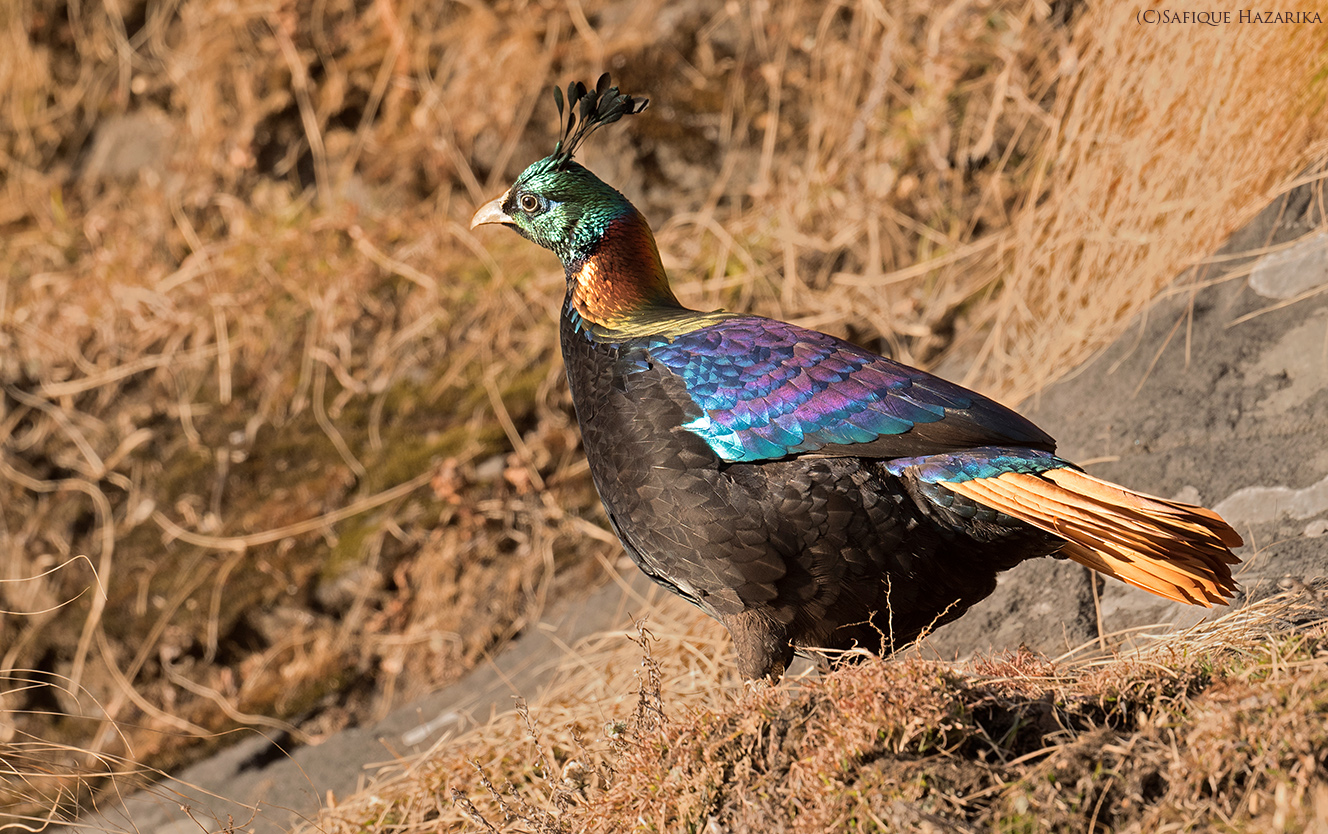
International Galliformes Symposium, p 78-87.Īwan MN, Ali H, Lee DC. Mapping the habitat and distribution of western tragopan Tragopan melanocephalus in the Palas Valley, Pakistan using land cover, terrain and field survey data. The study concluded that the population of pheasants is decreasing through hunting, habitat degradation, increasing human settlement, plant extraction for medicinal, collection of non-timber forest products, fires and livestock grazing.ĭistribution and habitat analysis of Himalayan Monal pheasant (Lophophorus Impejanus) in Palas valley, district Kohistan, PakistanĪshraf S, Daud A, Moeen F. Major flora recorded from Monal habitat was Pinus wallichian, Betula utilis, Abies pindrow, Picea smithiana, Cedrus deodara, Debregeasia salicifolia, Geranium wallichianum, and Berberis brandisiana etc. Distribution was also examined by direct and indirect signs comprising sighting, ground scratching, faecal droppings, feathers footprints and information gathered from hunters, native communities and wildlife officials. The results showed that the population density of Monal was not significantly different in all three habitat types (F = 2.31 df = 26 P = 0.1208). The highest population density recorded in Karosair mixed conifer forest was 8.92 birds/km 2, followed by 7.14 birds/km 2 in Deewan Nallah Fir-spruce & Betula, while the lowest (5.95 birds/km 2) was recorded in Kabkot Fir-spruce habitat. A total of 21 calls were noted during this study having an overall population density of 7.5 birds/km 2. We conducted a call count method to record the population of Monal pheasants and established 10 call count stations and 30 quadrats in the study area (3 in each site). Each habitat was further divided into 3-4 study points for systematic surveys. Karosair mixed conifer forest, Deewan Nallah Fir-spruce & Betula habitat and Kabkot Fir-spruce Habitat. For this purpose, three different habitats were selected i.e.

The present study was conducted to assess the distribution and habitat association of Himalayan Monal ( Lophophorus impejanus) in Palas valley, district Kohistan. Ahmed SubhaniĬertification: IJB 2021 Abstract Hamid-ur-Rahman, Maqsood Anwar, Nadeem Munawar, Tariq Mahmood, Ali Akhter, M. After six months, Young is alone and has to search for food and stay alone.16 Distribution and habitat analysis of Himalayan Monal pheasant (Lophophorus Impejanus) in Palas valley, district Kohistan, Pakistan During the 27-day incubation period, the male will be on guard to protect the eggs and the chicks from predators. Then female is ready to mate, scratching a nest in the ground laying about three to five eggs. Males use body displays to attract females by bobbing their heads and fanning their tail feathers. Reproduction: April is the main mating season and uses a number of calls to communicate meaning to their partner. The Himalayan female monal is a simple, brown crest with an ordinary feather. Except for patches of a white throat and rump, they are dark brown overall. The tail feathers are rufous, and the rump is white while the bird is in flight, which is the most visible. The male is noteworthy, with its long metallic green crest and copper feathers on its back and neck. He has a multicoloured feather within his body, consisting of a mixture of green, purple, red, and blue. This species seems in small groups and in large groups when roosting in a group.Īttributes: The male Himalayan monal is larger than the Chinese Monal. During their breeding season, these pheasants wander alone or in pairs, between April and August. A wide variety of calls help them distinguish between contentment, aggression, and alarm from a mate.

Male Monals are more aggressive and more competitive than Monal Females. The shrill, curlew-like whistle of the Himalayan Monal is distinctive. These pheasants have a large curved beak that makes it possible for the slopes to dig out underground insects. Himalayan Monal, migrate when the weather gets better.īehaviour: Most of the day, Himalayan Monal spends foraging insects, berries, and seeds. Rolling grassy slopes and mountains, and giant bamboo and rhododendron bushes are the habitats. These pheasants are normally found in cold upper temperate oak forests in Himalayan hills. Habitat: It is a species at a high altitude that lives above 3,000 meters.

We invite all Bird watchers and photographers to encounter Himalayan Monal in the high Himalayas. this is the high-valued species and National Bird of Nepal. The Himalayan monal is a stunning, colourful bird of the native Himalaya. Himalayan monal “Lophophorus impejanus” known as “Danphe” in the Nepali and min highlights of this trek are the most wonderful wide views of Mt Everest. It is a special route for birders and photographers. The Himalayan Monal Trek is ideal for mountain Photography tours on Everest.


 0 kommentar(er)
0 kommentar(er)
